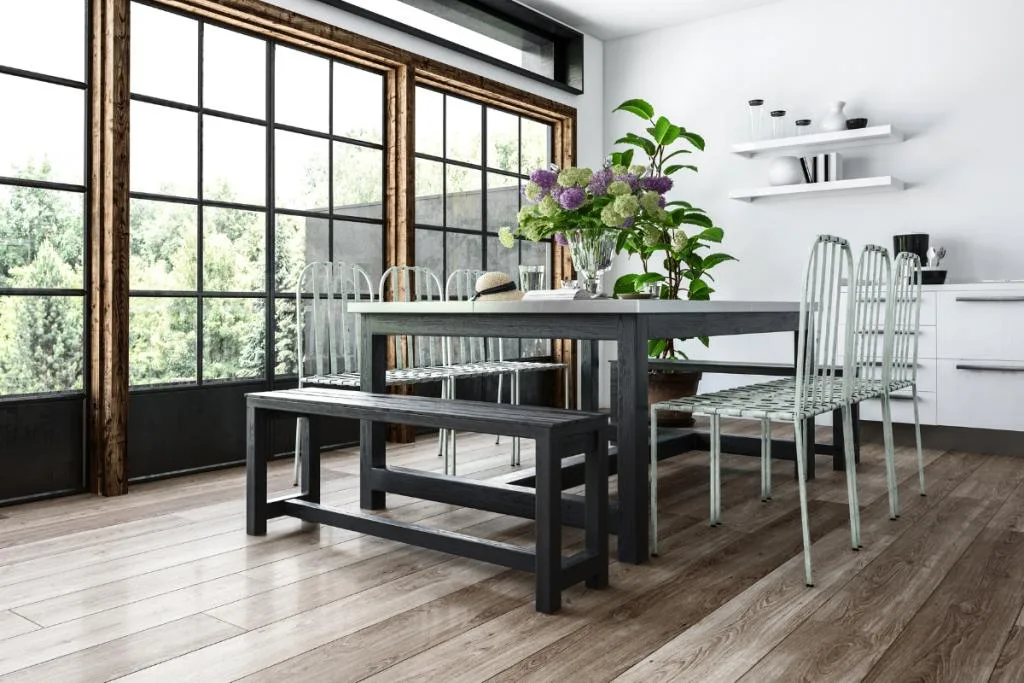The importance of natural lighting in house design and functionality cannot be emphasized. Not only does it enhance the aesthetic appeal of living space, but it also plays a pivotal role in boosting energy efficiency and overall well-being. In this comprehensive guide, we will delve into the various aspects of harnessing natural light effectively in your home. From the incredible benefits to practical implementation, let’s illuminate the path to a brighter, more efficient living space.
The Power of Natural Light
Natural light is more than just a design element; it’s a fundamental factor that influences our mood, productivity, and overall health. Studies have shown that exposure to natural light can regulate our circadian rhythm, leading to improved sleep patterns and increased alertness during the day. Beyond its physiological effects, natural light creates a sense of openness and spaciousness, transforming any room into a welcoming haven. As homeowners, understanding the power of natural light empowers us to make informed decisions that enhance both our living environment and our well-being.
Roof Windows: An Illuminating Innovation
When it comes to maximizing natural light intake, the often-overlooked heroes of home illumination are roof windows. Positioned on the incline of your roof, amazing roof windows act as conduits for sunlight, bringing in a steady stream of ambient light throughout the day. The angle and placement of roof windows allow for a diffusion of light that minimizes harsh shadows, creating a soft and inviting atmosphere. Beyond their functional brilliance, these windows also offer stunning views of the sky, connecting your interior space with the ever-changing canvas above. As homeowners seek sustainable and energy-efficient solutions, integrating roof windows into your home is a smart and visually pleasing choice.
The Benefits of Daylighting
Daylighting, the strategic use of natural light to illuminate interiors, goes beyond mere aesthetics. It is a holistic approach that encompasses both design and energy efficiency. Harnessing daylight effectively can significantly reduce the need for artificial lighting during the day, resulting in lower energy consumption and decreased utility costs. Additionally, exposure to natural light has been linked to increased productivity and a sense of well-being. When properly implemented, daylighting transforms your living space into a dynamic and visually appealing environment, all while contributing to a more sustainable and eco-friendly home.
Strategic Placement of Windows
To optimize the benefits of natural light, strategic window placement is key. Understanding the path of the sun at different times of the day and throughout the seasons allows homeowners to position windows strategically. South-facing windows, for instance, capture abundant sunlight in winter, providing warmth and brightness. Meanwhile, shading techniques, such as overhangs or deciduous trees, can be employed to control excessive sunlight during the warmer months. By carefully considering the orientation and size of windows in each room, homeowners can create a well-lit and comfortable living space that adapts to the changing conditions of the day and year.
Innovative Glazing Solutions
The type of glass used in windows plays a crucial role in the efficiency of natural lighting. Innovative glazing solutions, such as low-emissivity (low-E) coatings and insulated glass units, help control the amount of heat and ultraviolet (UV) radiation entering your home. Low-E coatings, for example, reflect infrared light, preventing heat from escaping in winter and minimizing heat gain in summer. This not only contributes to maintaining a comfortable indoor temperature but also protects furnishings from fading due to UV exposure. Investing in high-quality, energy-efficient windows with these advanced glazing technologies is a long-term commitment to both sustainability and the well-being of your home.
Reflective Surfaces for Maximum Impact

In addition to optimizing window placement and utilizing advanced glazing, incorporating reflective surfaces within your home can amplify the impact of natural light. Mirrors strategically positioned across from windows can bounce light around the room, creating a brighter and more expansive feel. Consider using reflective materials for interior finishes, such as glossy tiles or metallic accents, to enhance the overall luminosity of your space. By strategically employing reflective surfaces, homeowners can make the most of available natural light, even in rooms with limited direct sunlight exposure.
Smart Lighting Controls for Adaptive Ambiance
As the day progresses and natural light changes, having smart lighting controls becomes essential for maintaining a consistent and adaptive ambiance. Integrating sensors and programmable controls allows homeowners to adjust artificial lighting levels in response to the available natural light. This not only ensures optimal illumination but also contributes to energy savings by minimizing unnecessary artificial lighting during daylight hours. Smart lighting systems can be programmed to mimic the natural rhythm of daylight, promoting a seamless transition from day to night and supporting the body’s natural circadian rhythm.
From the strategic placement of windows to the integration of innovative glazing solutions and the use of reflective surfaces, every decision contributes to a brighter, more sustainable living space. As homeowners, embracing the principles of daylighting not only enhances our immediate surroundings but also fosters a deeper connection with the natural world, creating a home that is not just illuminated but truly enlightened.

